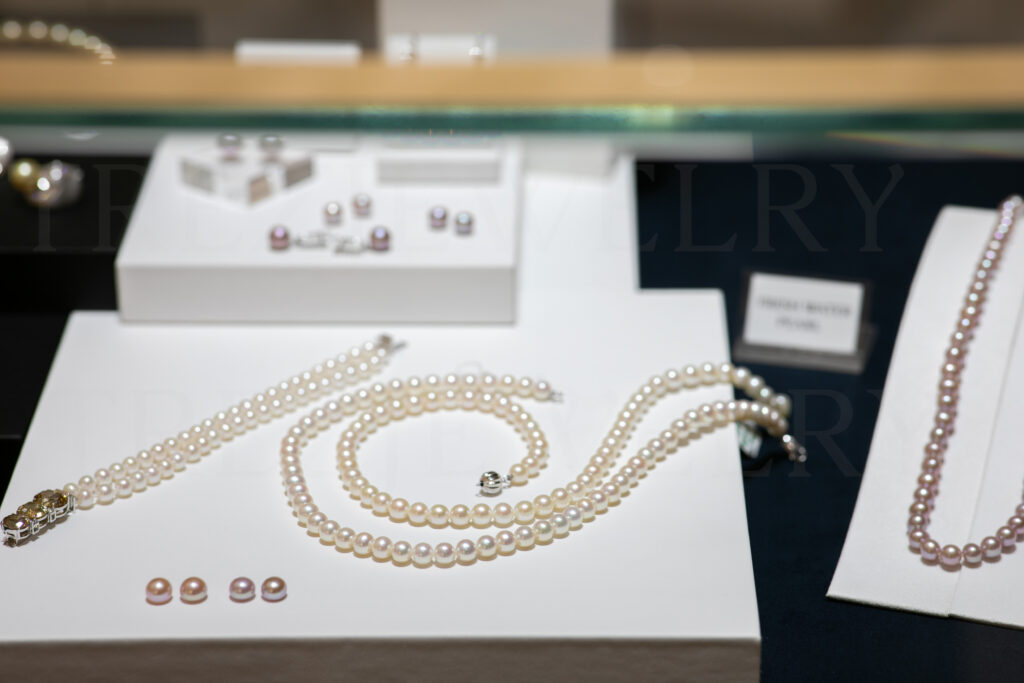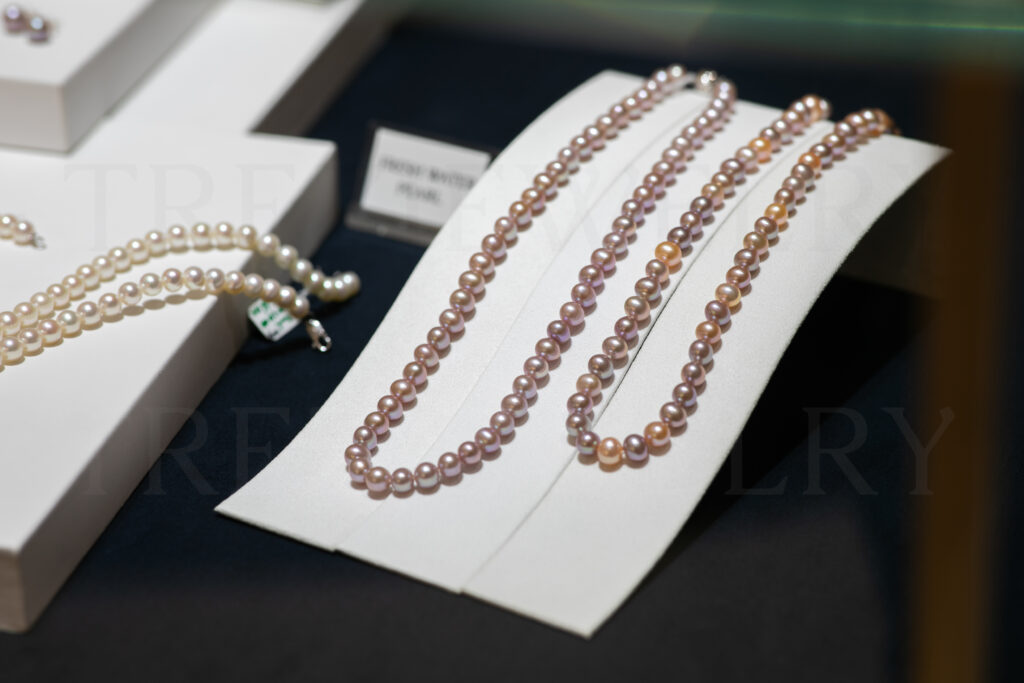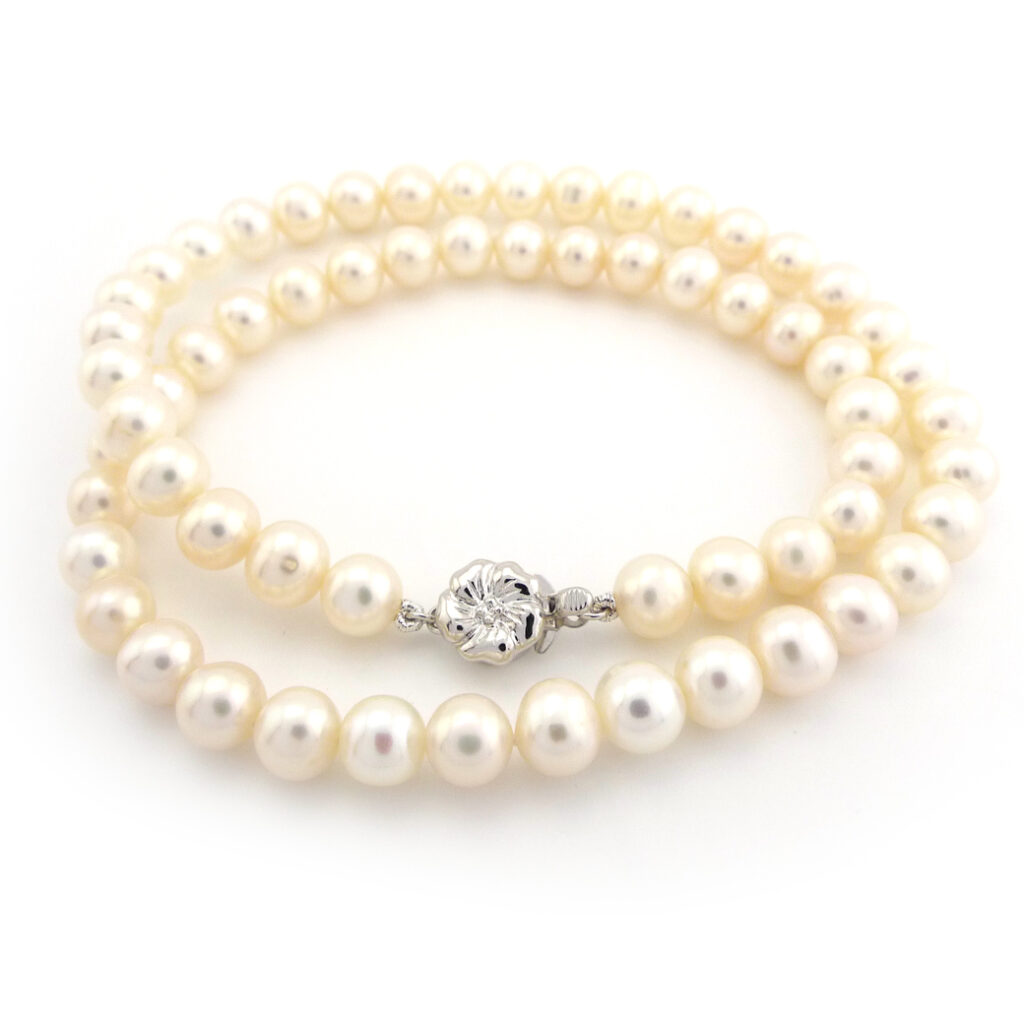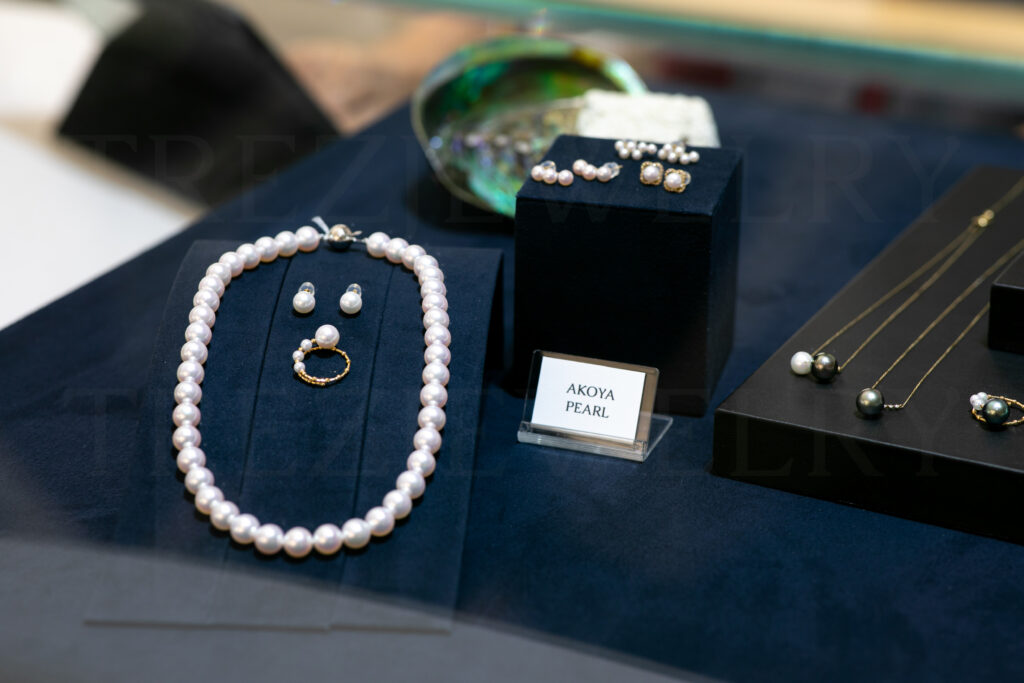For fashion lovers, especially those who appreciate timeless, stylish jewelry, you’ll want to tune in to Ticy City for The Journey of Pearl – a captivating exploration of pearls as seen through the eyes of expert gemologist, Khun Kae Yueanchan Chaiwat, and her experienced team.
In this showcase, you’ll not only gain fascinating insights into the world of pearls but also enjoy a fun, interactive experience. From discovering the origins and history of pearls to learning about their different types, quality evaluation, and distinguishing between natural and imitation pearls, the session covers it all. Additionally, you’ll receive practical tips on how to care for and wear pearls. Even in a short time, Ticy City has gathered some essential takeaways on this trending jewelry piece that’s making waves in the fashion world.

The Origins and Story of Pearls
Pearls are organic gemstones, meaning they are formed by living organisms, symbolizing wealth, elegance, and purity (Gems in Jewelry, 2009). Historically, the world’s first known pearl source dates back to 1492, with natural pearls being found in the Persian Gulf, Europe’s prized region for this gem. Around the same time, Christopher Columbus discovered pearl-bearing oysters in Venezuela and Panama, sparking a pearl industry that thrived for over a century. However, the rise of oil exploration and fishing in these areas eventually depleted these natural pearl beds.
By the 19th century, China and Japan pioneered the cultivation of pearls, leading to the first cultured pearls. This breakthrough led to the global rise of cultivated pearls like Akoya from Japan and freshwater pearls from China, which are now highly sought after (GIA Pearl History Lore, 2002).

Types and Quality Assessment of Pearls
Pearls fall into two main categories:

- Natural Pearls form organically without human interference when a foreign object enters an oyster, triggering the production of nacre, the substance that forms pearls. Natural pearls are extremely rare today and command high prices.
- Cultured Pearls are created through human intervention. These pearls are divided into two categories based on their water source: freshwater and saltwater pearls. For example, saltwater Akoya pearls from Japan are formed in oysters through a process that involves inserting a small bead and tissue into the mollusk, which takes around 18 months to develop.
Some popular types of saltwater cultured pearls include:



- Akoya Pearls – Small, lustrous pearls in shades of white or cream, often with pink or green overtones. They are typically 2-9 mm in size and are cultivated primarily in Japan.
- South Sea Pearls – Larger pearls, usually in white, silver, or golden hues, ranging from 8-18 mm, found in Australia, Indonesia, and the Philippines.
- Tahitian Pearls – Dark pearls, sometimes called black pearls, with colors ranging from deep black to gray-green, produced in French Polynesia’s Tahitian islands.

Freshwater pearls are also cultivated, typically found in China, and come in various colors like pink, orange, and purple. These pearls can have diverse shapes, from round to irregular forms like teardrops or rice grains.

Differentiating Natural and Cultured Pearls
Since natural and cultured pearls can look almost identical, gemologists use advanced tools like X-rays to examine their internal structures. Cultured pearls show a bead nucleus, while natural pearls do not, revealing layers that resemble onion rings. Freshwater cultured pearls, however, may only have tissue inserts instead of beads.



Pearl Quality Evaluation
Five key factors are used to assess pearl quality:
- Size: Measured in millimeters, with larger pearls generally being more valuable.
- Shape: Pearls can be spherical, symmetrical (like oval or teardrop shapes), or irregular (baroque). Round pearls are the most prized.
- Color: Pearls come in a wide range of colors, from warm tones like yellow and pink to cool tones like green and gray. Evaluation focuses on the main body color, overtone, and the iridescent effect known as orient.
- Luster: The clarity and brightness of the pearl’s reflection. Higher luster pearls are more valuable.
- Surface: A pearl’s smoothness is another quality indicator. Fewer blemishes translate to a higher value.


Care and Maintenance of Pearls
Pearls are delicate, ranking only 3 on the Mohs scale of hardness, meaning they can easily scratch. To preserve their beauty:
- Use a soft, clean cloth to wipe them gently after wearing.
- Avoid harsh chemicals like perfumes and lotions before putting on your pearls.
- Store them in a separate jewelry box to prevent scratching from harder gems.

Pearls are timeless symbols of elegance, and with proper care, they can continue to add a touch of sophistication to any look. Keep an eye out for these treasured gems as they continue to dominate jewelry trends.















Leave feedback about this